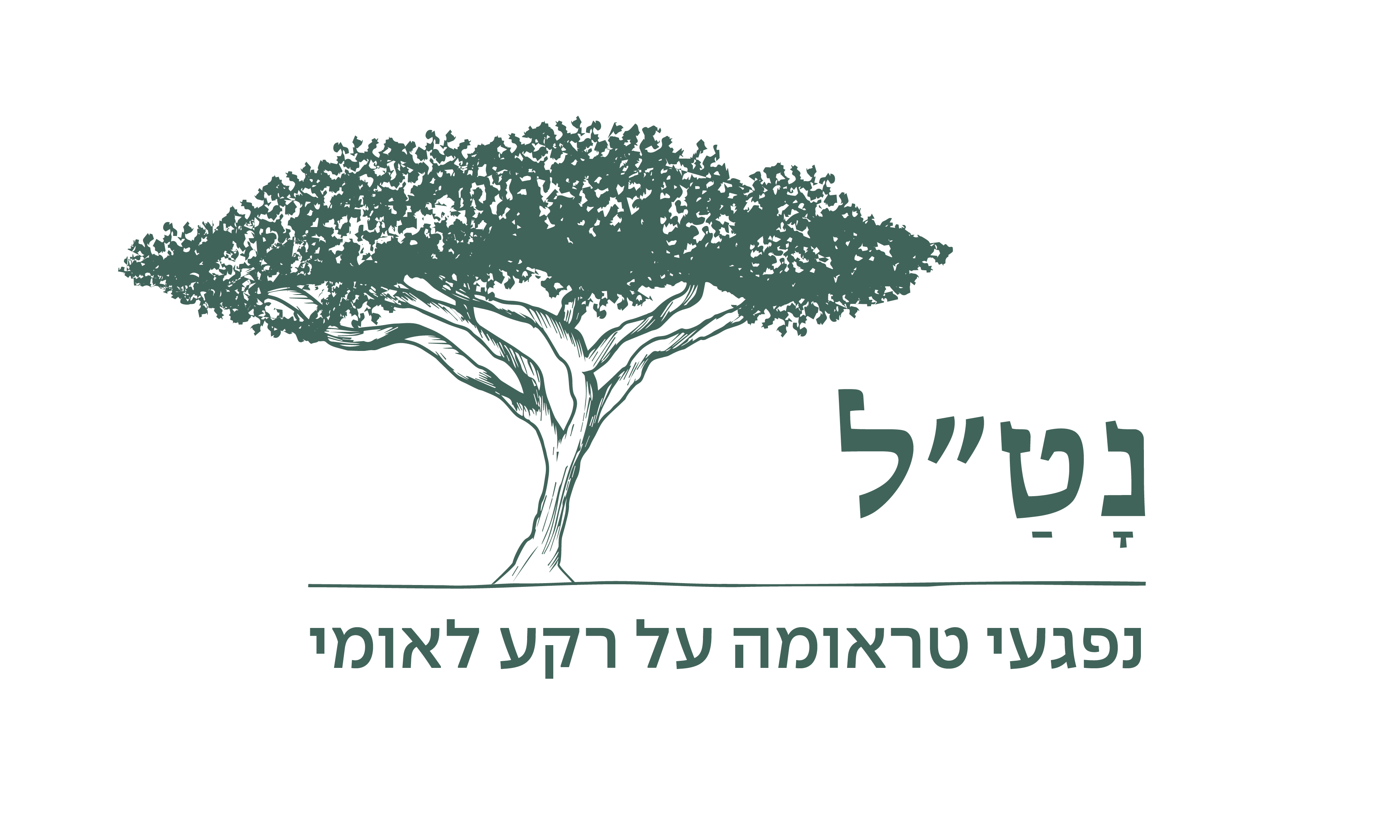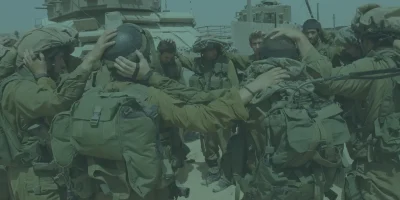The background for battle shock
The transition from civilian life to military life is sharp. The soldier loses the ability to choose and move, and must obey forced command authorities. In order to adapt to the military environment, the soldier must activate coping mechanisms and adaptation efforts to new and unpleasant situations, meaning mental conflicts arise. In times of war, an extreme and much more difficult transition is added – the transition from conditions of peace and security to conditions of war. This transition brings with it additional conflicts that burden the soldier’s mental system. The risk of being hurt and even killed is clear and tangible and is a constant pressure on his mind. This pressure gives the soldier an urge to get out of the danger zone.
What is battle shock?
Battle shock, also known as “battle reaction” is a soldier’s post-traumatic response to an event that occurred during operational-wartime activity. About 10%-15% of all war casualties are battle shock victims. About 4,000 such victims live in Israel.
Risk factors for battle shock
The risk factors for battle shock are all the factors that influence the formation of post-traumatic reactions in general, and in addition:
- Physical exhaustion – lack of sleep, continuous physical exertion, hunger, heat or cold;
- Forced passivity – when the soldier is not given the option of activity and is on standby;
- Decrease in morale – the degree of support that the soldier receives in his unit;
- The degree of identification with the target – how much the soldier feels part of the mission he is doing

